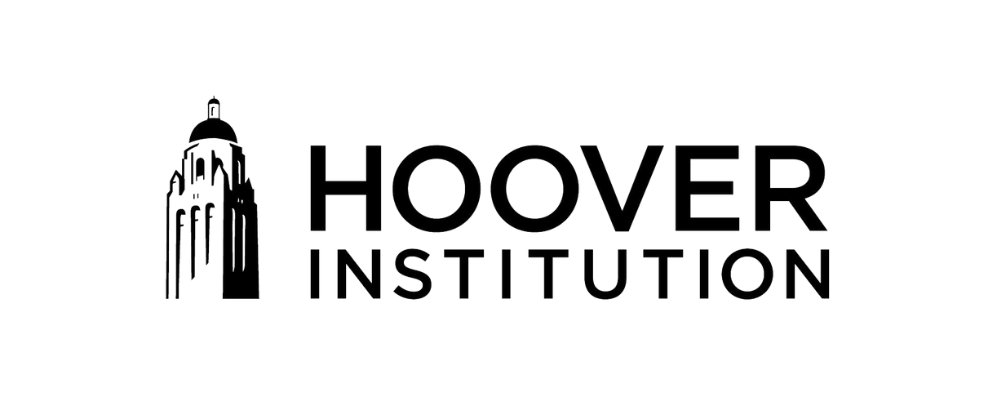
This interview focuses on a chapter from A Nation at Risk +40, a report by the Hoover Education Success Initiative (HESI) that looks back at the birth, struggles, and future of the modern school reform movement. Maria D. Fitzpatrick is professor of economics and public policy in the Brooks School of Public Policy at Cornell University. (Download her chapter here and the full publication here.)
Q. How would you define whole-child education models?
Maria D. Fitzpatrick: Whole-child education models go beyond traditional academics and emphasize various dimensions of child development. Instead of viewing schools as places focused on reading, writing, math, and other academic subjects, these models also prioritize children’s physical, mental, and emotional health, community engagement, and social environment.
Q. What are some examples of whole-child education models that have become popular in the past few decades?
Fitzpatrick: The most well-known whole-child education model today is social-emotional learning curricula, which are formal curricula taught in classrooms by teachers that focus on skills like self-awareness, social awareness, and responsible decision-making. It is the most well-known partly because its use has skyrocketed, particularly after the COVID-19 pandemic, and partly because it has become part of recent political and culture wars. The other most common models include community schools, which involve structured and intensive partnerships between schools and community partners, and school-based health centers, where health care providers (like physicians or nurse practitioners) provide health care within schools (which insurers reimburse).
Q. Have these whole-child education models been effective in improving academic outcomes?
Fitzpatrick: There is promising evidence from some programs in some settings (community schools in New York City and wraparound services in Massachusetts). Still, insufficient evidence supports these models’ ability to improve children’s educational outcomes at scale across various settings.
Q. What are the main concerns or criticisms about implementing whole-child education models?
Fitzpatrick: One of the most significant concerns is that given scarce financial and bandwidth resources in public schools, these efforts will crowd out attention to academic outcomes and resources for the academic reforms that research has proven effective at improving child outcomes. Even champions of efforts like community schools have argued that they can be successful at improving academic outcomes only with concurrent investment in strong academic support. Another concern is that schools need the expertise to venture beyond the traditional academic focus. For example, already-overburdened teachers have limited training in children’s social and emotional development and limited bandwidth for training in the new social and emotional curricula.
Q. Have any large studies demonstrated the effectiveness of these models?
Fitzpatrick: City Connects is a wraparound service model that provides an individually tailored set of academic and extracurricular programming and resources to all children school-wide in places where it has been implemented. The program embeds a coordinator into the school to evaluate the needs of all children. They then create a support plan for each student that involves connecting them with a range of specific service providers depending on their needs. Across multiple locations and with a variety of relatively high-quality methodological designs, numerous studies have shown that it improves child outcomes, including absence rates and academic test performance.
Q. Can whole-child education models solve the low academic performance in the United States?
Fitzpatrick: Because these models haven’t yet been shown to improve academic performance consistently across a range of settings, it is hard to imagine any of them will solve the problem of low academic performance in the United States. In part, as other chapters in the report highlight, financial and bandwidth constraints make it challenging to maintain the types of investment proven effective at improving academic skills while also implementing a whole-child program. This tradeoff is likely to be even more salient as we move from the places that have motivated on their own to create and design whole-child programs to a broader range of whole-child programs induced by state or federal funding incentives.
Q. What do you recommend to policy makers?
Fitzpatrick: My main recommendation is that policy makers interested in improving their students’ learning, particularly in the wake of the learning loss of the COVID-19 pandemic, should redouble their focus on academics by investing in tools that we know work—for example, attracting and training a high-quality teacher workforce, extending the time children spend in high-quality learning environments, and math and reading curricula that demonstrate improvements.
Suppose districts find that a whole-child model is a priority. In that case, care should be taken to determine the needs and goals of the school or district, clearly articulate these for the community, choose a whole-child model focused on the relevant outcomes with research evidence validating its effectiveness, provide adequate resources to support the implementation, and commit to a process of continual evaluation and a willingness to change directions or abandon the model if it is not effective.
“The Hoover Institution is an American public policy think tank and research institution that promotes personal and economic liberty, free enterprise, and limited government.”
Please visit the firm link to site


